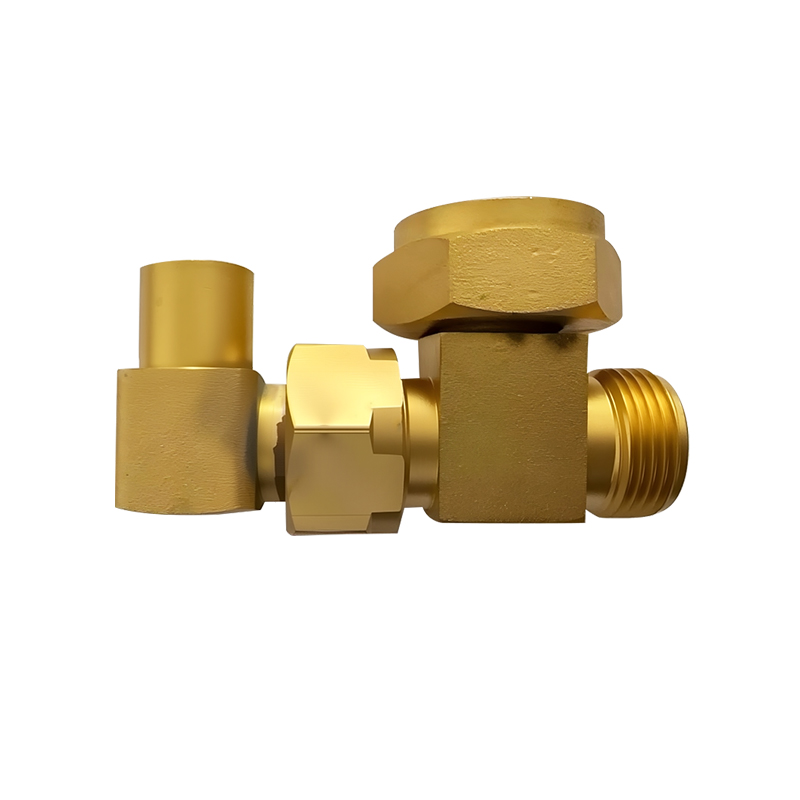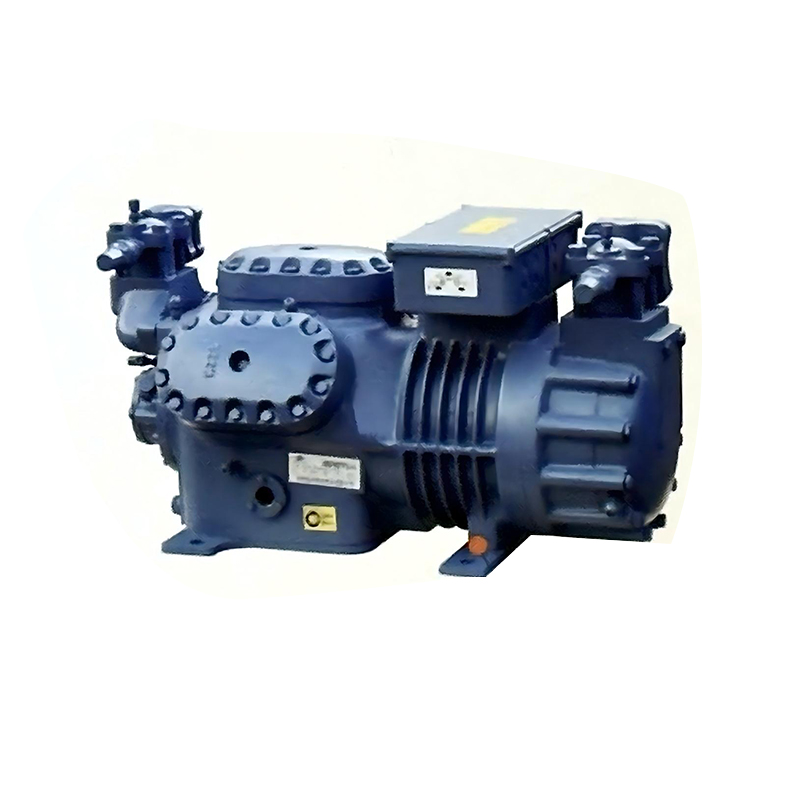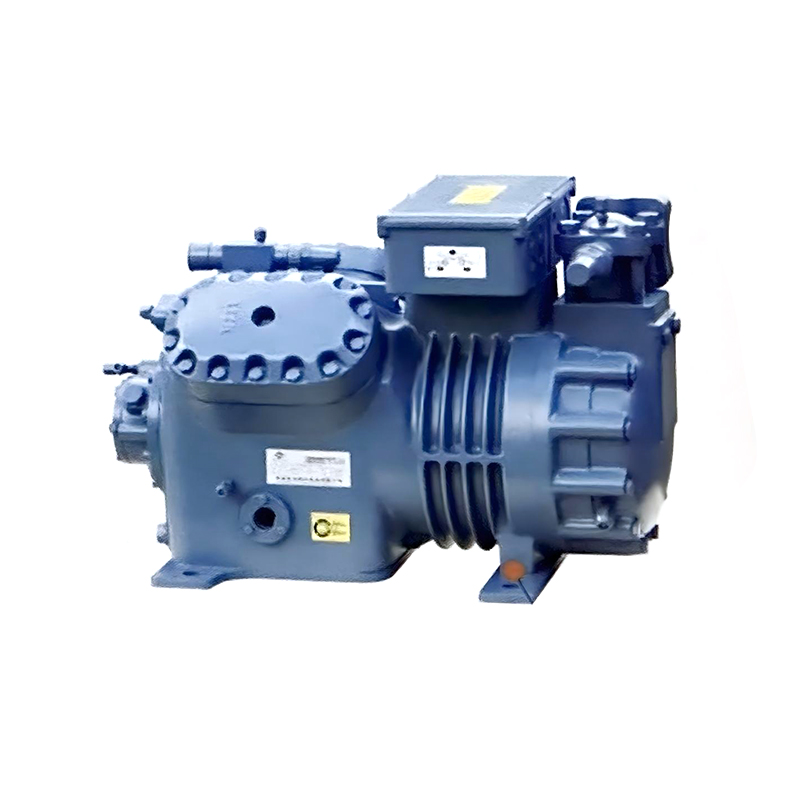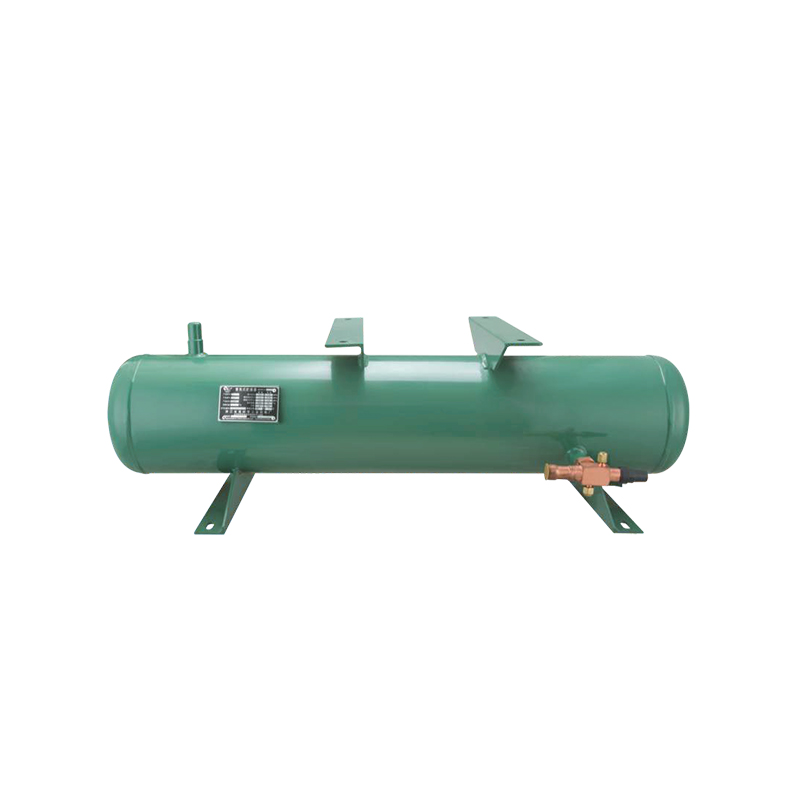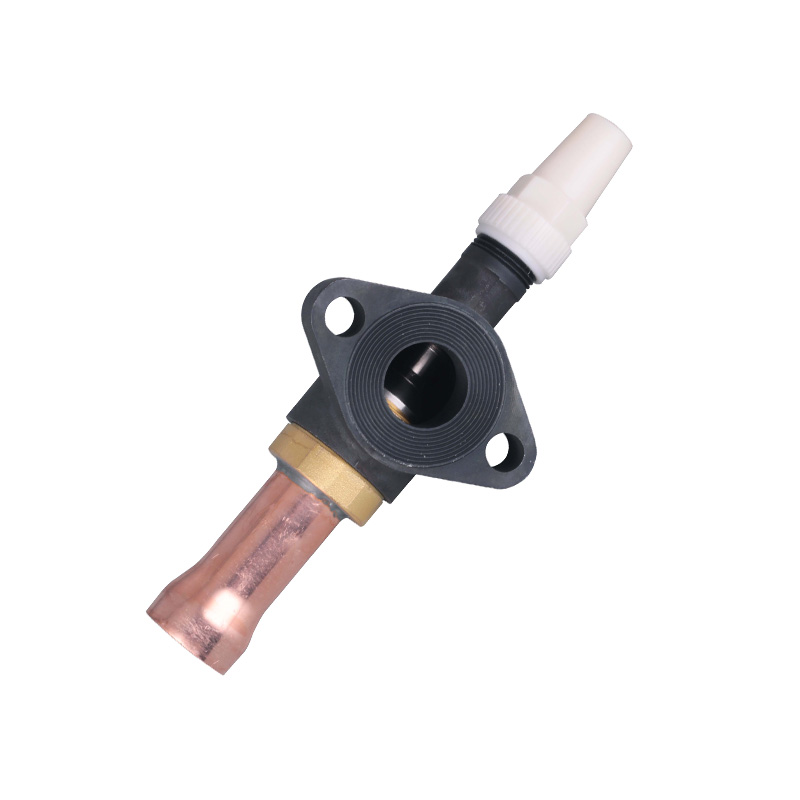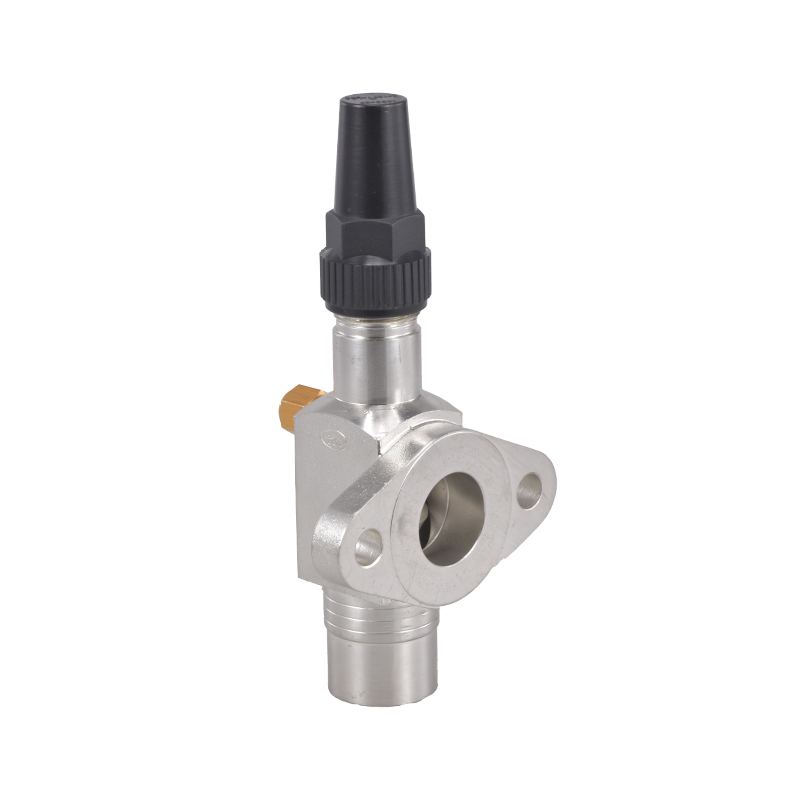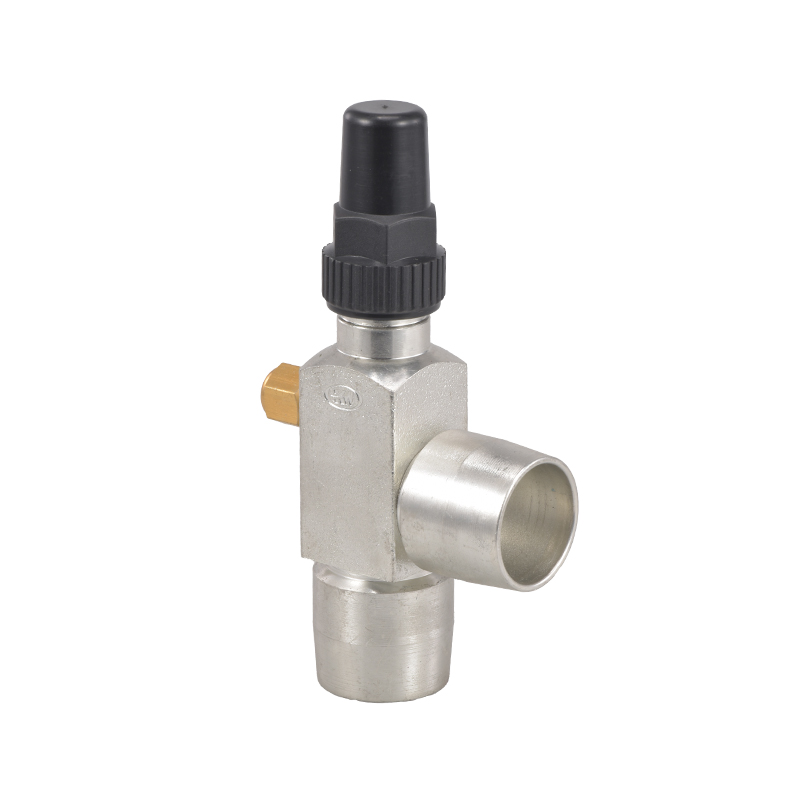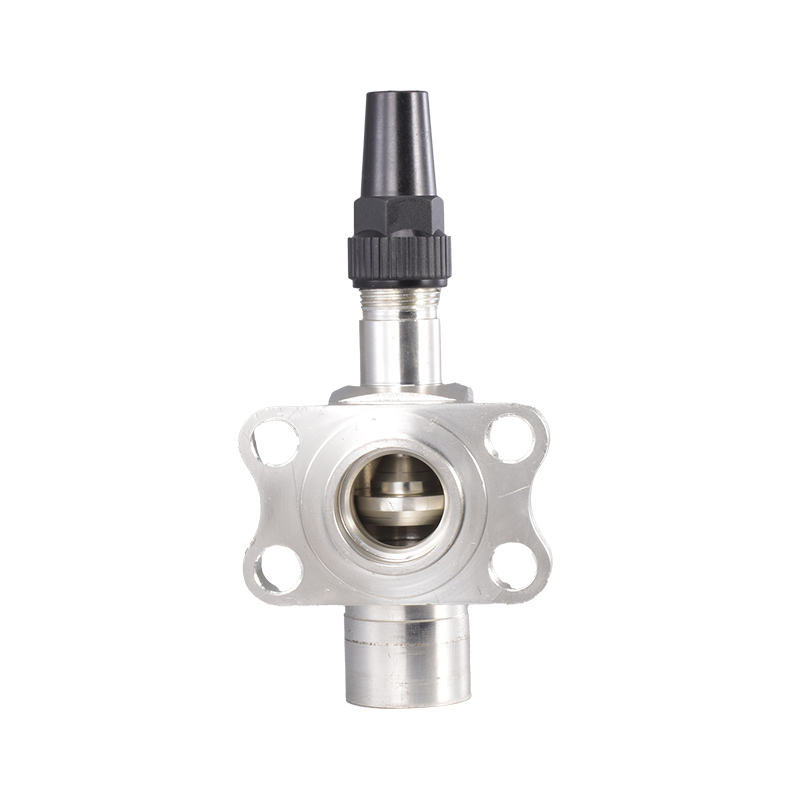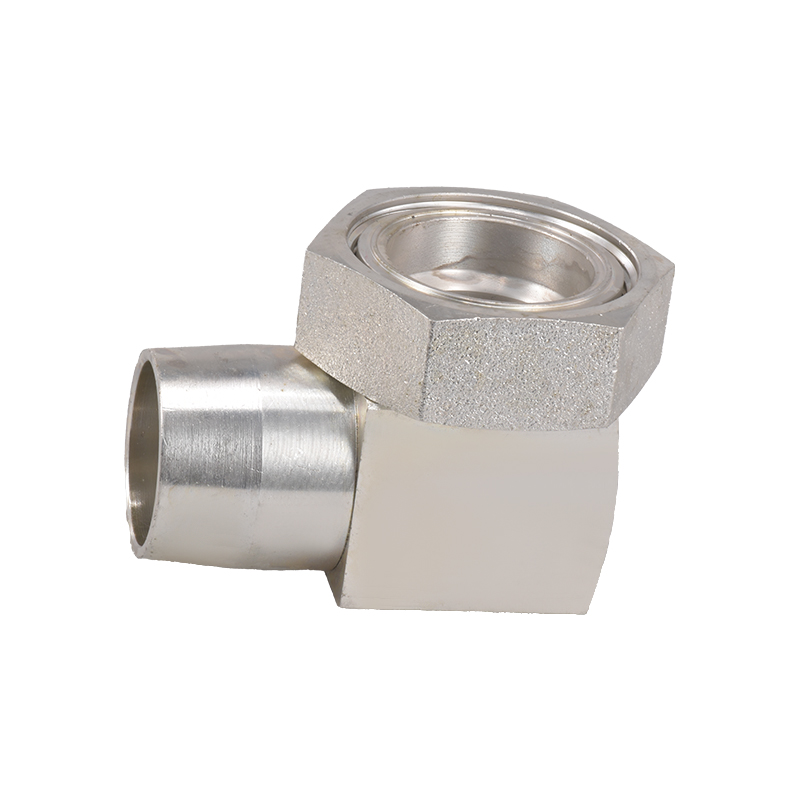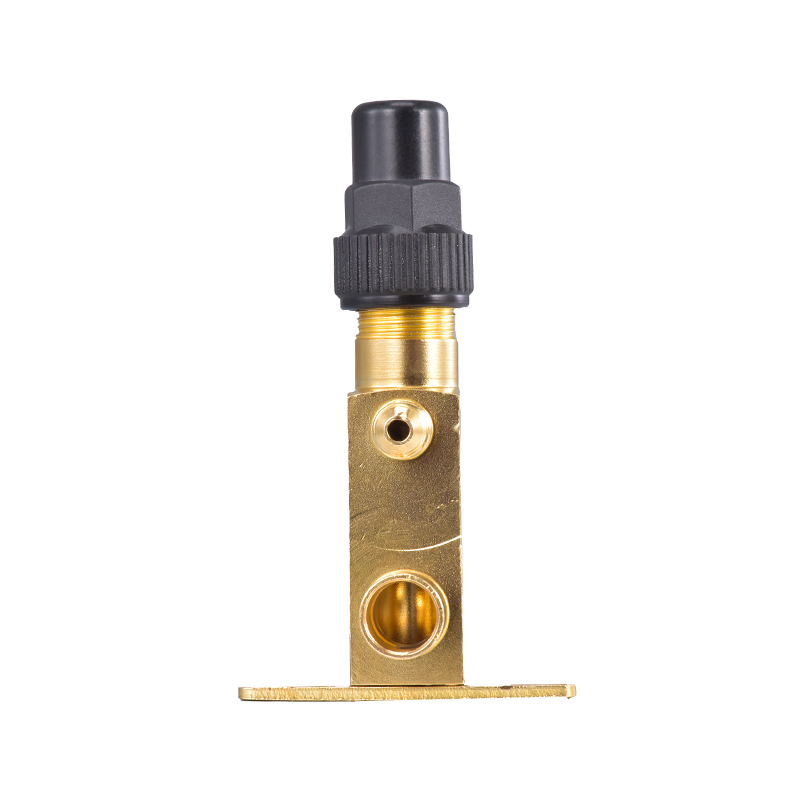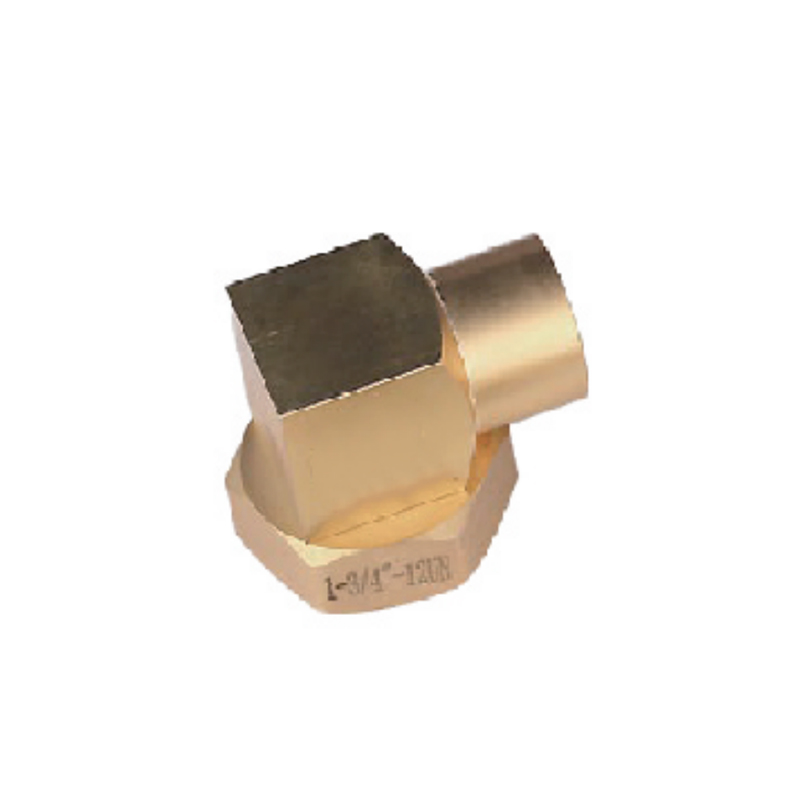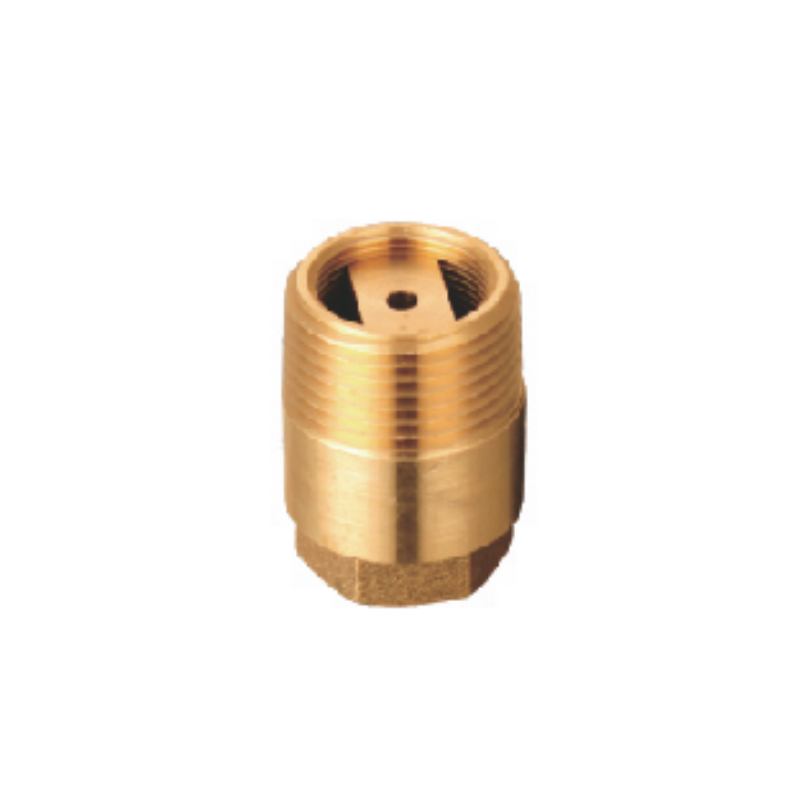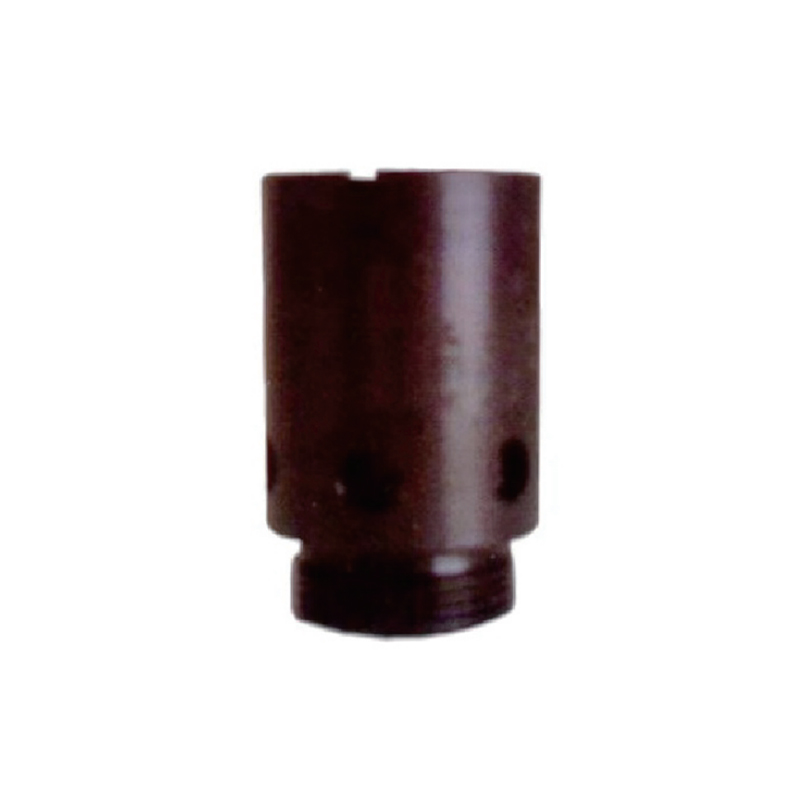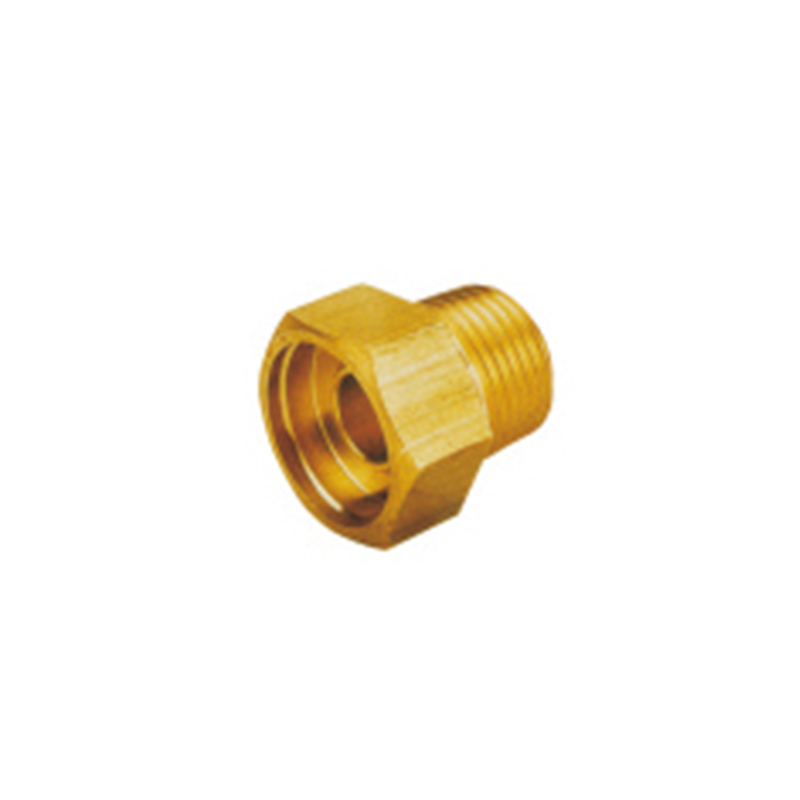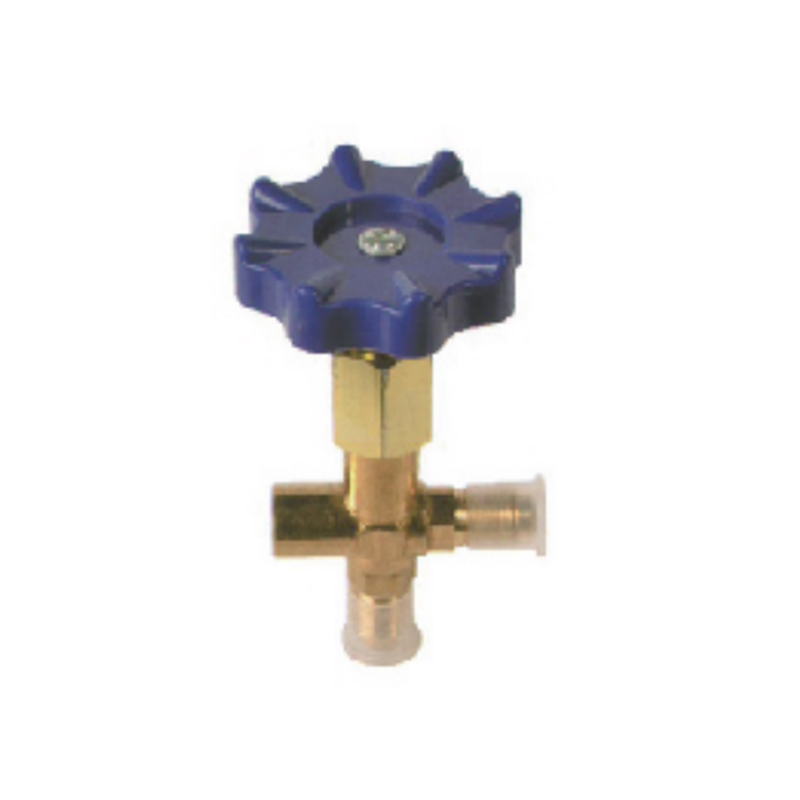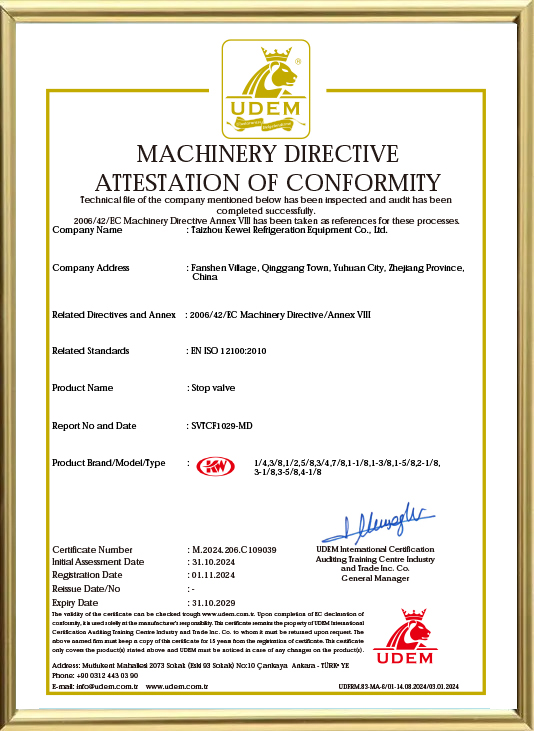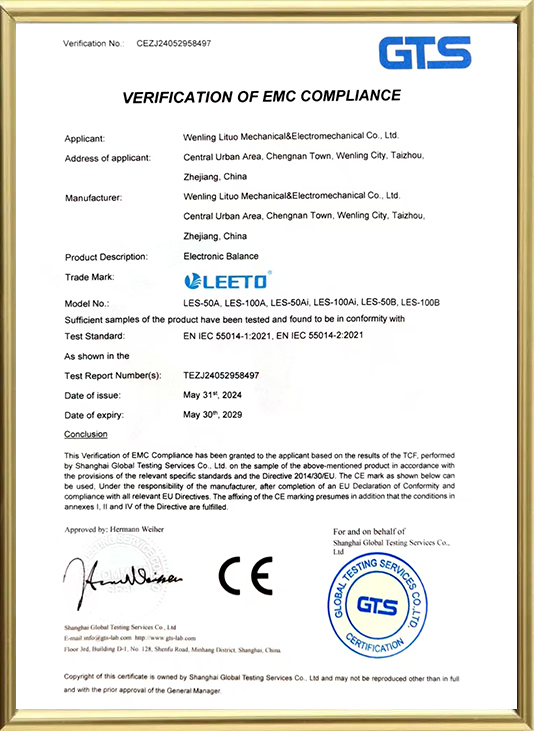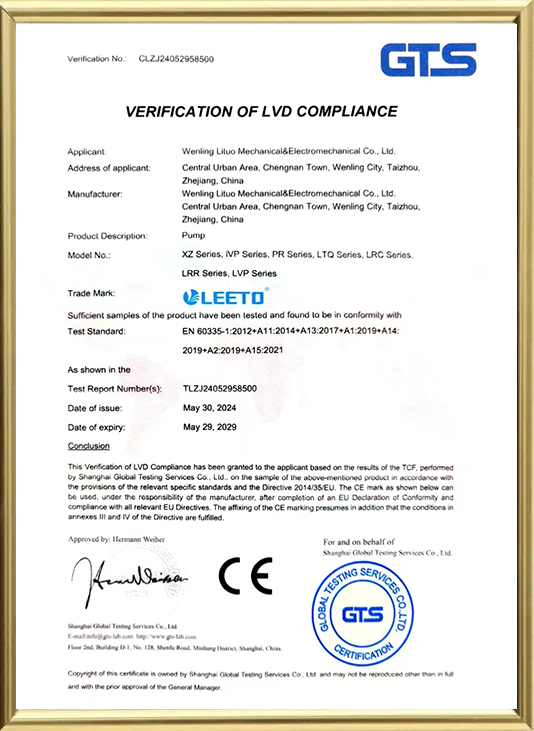The Efficient Refrigeration Horizontal Liquid Receiver is a critical component in refrigeration systems, designed to enhance the performance and efficiency of commercial and industrial cooling processes. This specialized equipment is engineered to provide a reliable and efficient means of storing and distributing liquid refrigerants, ensuring good operation and reduced energy consumption.
1. Enhanced Efficiency:
The Horizontal Liquid Receiver is designed to minimize pressure drop, which in turn reduces the energy required to pump refrigerant through the system. This results in lower operational costs and a more efficient cooling process.
2. Space-Saving Design:
The horizontal configuration of the receiver saves valuable space in confined areas, making it a good choice for installations where space is at a outstanding. This design also allows for easier integration into existing systems without significant modifications.
3. Corrosion Resistance:
Constructed from high-quality materials, the receiver is resistant to corrosion, ensuring a long service life even when exposed to harsh chemicals and environments. This durability reduces maintenance costs and extends the life of the equipment.
4. High-Capacity Storage:
The design of the Horizontal Liquid Receiver allows for a larger storage capacity compared to vertical models. This increased capacity helps to stabilize the refrigerant flow and pressure, reducing the risk of system fluctuations and ensuring a consistent cooling performance.
5. Easy Maintenance:
With its accessible design, the receiver facilitates easy maintenance and inspection. This feature is crucial for quick diagnostics and minimal downtime during maintenance, which is particularly important in commercial and industrial settings where uptime is critical.
6. Compatibility and Versatility:
The Horizontal Liquid Receiver is compatible with a wide range of refrigeration systems, making it a versatile choice for various applications. Whether used in commercial refrigeration, industrial processes, or HVAC systems, this receiver can be tailored to meet specific needs.
7. Safety Features:
Incorporating advanced safety features such as pressure relief valves and high-quality seals, the receiver is designed to prevent leaks and ensure the safe operation of the refrigeration system. This focus on safety reduces the risk of accidents and environmental damage.
8. Energy Efficiency:
By optimizing the refrigerant flow, the Horizontal Liquid Receiver contributes to the overall energy efficiency of the system. This not only reduces operational costs but also aligns with environmental sustainability goals.
9. Quality Construction:
Manufactured to strict quality standards, the Horizontal Liquid Receiver is built to withstand the rigors of continuous operation. The use of outstanding materials and advanced manufacturing processes ensures that the receiver maintains its performance over time.
10. Environmental Considerations:
Designed with environmental impact in mind, the receiver supports the use of environmentally friendly refrigerants, helping to reduce the carbon footprint of the refrigeration system.
11. Cost-Effective Solution:
While offering outstanding performance, the Horizontal Liquid Receiver is priced competitively, providing a cost-effective solution for businesses looking to upgrade their refrigeration systems without breaking the bank.
12. Reliability and Performance:
The receiver's design and construction are focused on delivering consistent performance and reliability. This means fewer unexpected failures and a more dependable cooling system.
In conclusion, the Efficient Refrigeration Horizontal Liquid Receiver stands out as a outstanding choice for those seeking to enhance the efficiency, reliability, and performance of their refrigeration systems. Its combination of space-saving design, high storage capacity, corrosion resistance, and compatibility with various systems makes it a good solution for a wide range of applications. By choosing a Horizontal Liquid Receiver, businesses can enjoy the benefits of reduced energy consumption, lower maintenance costs, and a more sustainable operation.




 English
English русский
русский Deutsch
Deutsch
